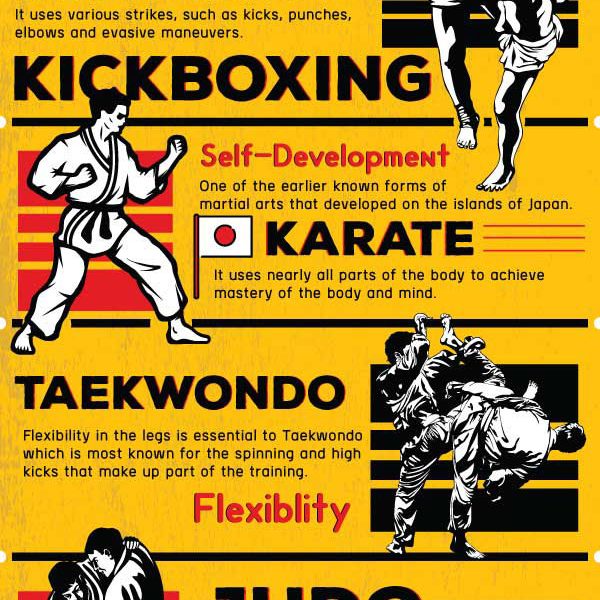Martial Arts Weapons Training: History And Techniques
Martial Arts Weapons Training: History And Techniques
Blog Article
Post Writer-Grimes Lowry
Discover the ancient origins of martial arts tools training, forming combat techniques and self-control. Ancient human beings like Egypt and China honed their abilities with numerous weapons like bows, teams, swords, and nunchaku. Passed down with generations, traditional tools such as katana, nunchaku, bo staff, and sai supply unique qualities and strategies. Modern tool training incorporates traditional principles with modern tactics, concentrating on rate, precision, and flexibility. Improve your fight abilities by learning more about the abundant background and diverse methods of martial arts weaponry.
Old Origins of Defense Training
Checking out the ancient roots of tools training reveals the fundamental principles that have actually shaped martial arts methods for centuries. In old people, tools training wasn't only a way of combat however additionally a means to infuse discipline, honor, and regard. chinese martial arts styles of weapons training can be traced back to old Egypt, where soldiers were trained in the art of archery and spear battle. These skills were essential for securing the kingdom and ensuring its success.
As https://www.mvtimes.com/2022/04/12/martial-plans/ progressed, so did the methods and tools used in training. In ancient China, martial arts professionals refined their skills with weapons like the staff, sword, and nunchaku. These weapons weren't just devices for protection yet likewise symbols of strength and proficiency. The training techniques were passed down from generation to generation, preserving the conventional techniques and philosophies.
Through the research of ancient weapons training, modern martial artists get a much deeper understanding of the self-control and commitment called for to grasp these skills. By recognizing the heritage of old warriors, practitioners continue to maintain the ageless concepts of martial arts.
Traditional Fighting Style Weapons
The advancement of martial arts weaponry from ancient worlds to contemporary technique highlights the long-lasting relevance of traditional weapons in battle training. Traditional martial arts weapons includes a broad variety of devices such as the katana, nunchaku, bo staff, and sai. These weapons have been passed down via generations, each with its unique features and methods.
The katana, a standard Japanese sword, is understood for its sharpness and accuracy in strikes. Nunchaku, including two sticks connected by a chain or rope, require competent managing for effective fight. The bo staff, a lengthy stick typically made of wood, is flexible in both attack and defense maneuvers. The sai, a three-pronged steel tool, is proficient at trapping and obstructing challengers' strikes.
Educating with these conventional weapons not only hones physical combat abilities however also cultivates discipline and focus. By grasping the strategies of traditional martial arts weaponry, professionals can symbolize the abundant history and culture of martial arts while improving their fight efficiency.
Methods for Modern Weapon Training
Modern tool training methods stress adaptability and efficiency in fight situations, blending standard principles with contemporary strategies for maximum effectiveness. To master contemporary tool training, concentrate on boosting your rate, precision, and convenience. Experimenting weapons like knives, batons, and firearms requires mastering strategies that prioritize speedy strikes and accurate defensive maneuvers.
Footwork plays a critical function in contemporary tool training, allowing you to maintain proper range from your challenger and quickly shift between offensive and defensive stances. By including liquid motions and quick maneuvering drills right into your training routine, you can efficiently avert assaults and launch counterblows with accuracy.
Furthermore, modern tool training emphasizes the importance of situational recognition and critical thinking. Recognizing just how to examine hazards, determine vulnerabilities, and exploit openings in your challenger's defense is vital for success in fight scenarios. By sharpening your analytical skills and developing a tactical way of thinking, you can exceed opponents and arise victorious in testing circumstances.
Conclusion
So there you have it! You've discovered the old origins of tools training, discovered conventional martial arts weaponry, and discovered strategies for contemporary weapon training.
Now go out there and practice what you've learned, and end up being a master of martial arts tools! Remember, the opportunities are countless, and with commitment and technique, you can come to be a weapon-wielding ninja in no time!
